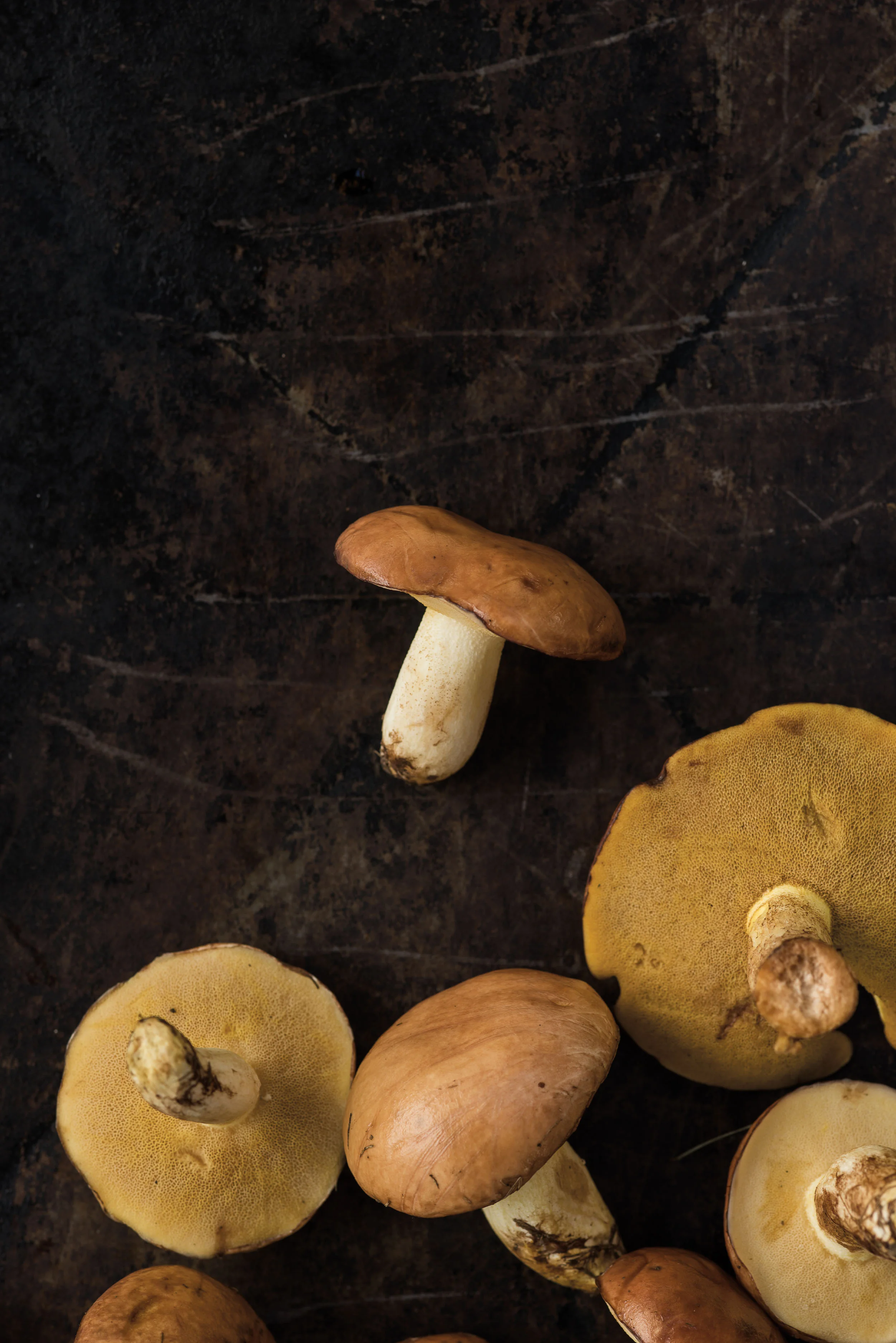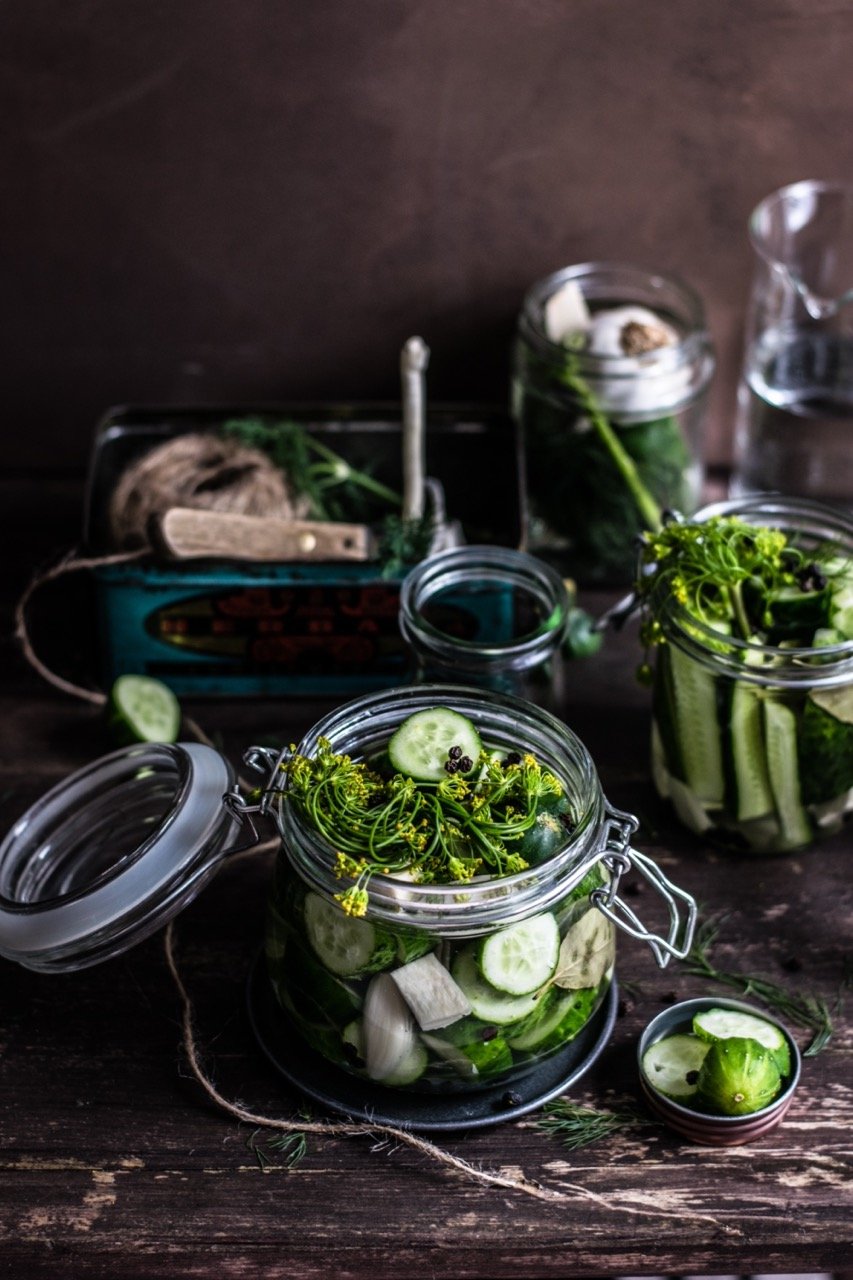Wash and Prep

Lettuces, greens
Swish the leaves in a sink full of cool water to remove dirt and bugs. Thoroughly dry in a salad spinner or cotton bag. Store in a bag, slightly open.
Root vegetables
Scrub off any dirt under cool running water; pat thoroughly dry. Store potatoes at cool room temperature; other roots in the fridge.
Peppers, tomatoes, squash
Use a damp paper towel to wipe off any dust. Never refrigerate tomatoes (they’ll get mealy and lose flavor). Store other vegetables in the fridge.
Strawberries
Best washed and trimmed immediately before eating. Store in a ventilated container (like a colander or berry box) in the fridge.
Other berries
Douse for about 30 seconds in a mixture of 1 part distilled vinegar to 4 parts cool water, then rinse in cool water. (Moisture and mold are the prime causes of rot in picked berries; vinegar kills any bacteria.) Line a salad spinner with several layers of paper towel; add the berries and spin until thoroughly dry. Store in a plastic container, partially covered, in the fridge.
Meats
Any meat you buy at a farmers’ market will be frozen. If you’re cooking it the same day, thaw the package in a sink full of warm water; change the water as it cools, until thawed. Refrigerate anything you plan to cook within 2–3 days.
Bread
Artisan bread is best the day it’s baked. Store loaves, cut-side-down, in a paper bag for a day or two. Freeze anything you won’t eat immediately. Of course, stale bread makes great toast.
Tree fruits
Store peaches, plums, nectarines at room temp until fully ripe, then refrigerate. Apples can be refrigerated for weeks to months, depending on variety.
Bryn’s long career in publishing took a left turn sometime around 2010, when she discovered the joy of food writing. Since then, she’s found professional nirvana as the editor of Edible Ohio Valley, author of The Findlay Market Cookbook, and occasional instructor at The Cooking School at Jungle Jim’s. Find her seasonal recipes at writes4food.com.





